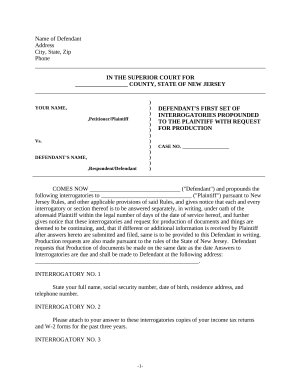

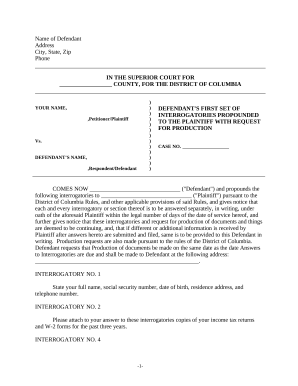


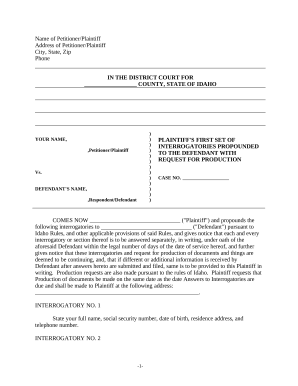
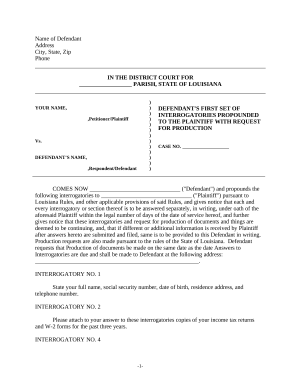
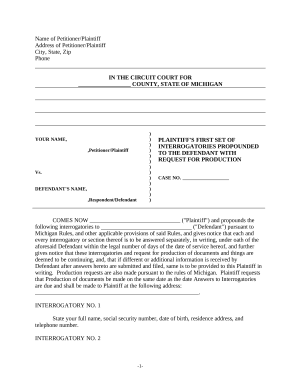
Form management occupies to half of your business hours. With DocHub, it is easy to reclaim your office time and boost your team's efficiency. Get Production Requests in Divorce Cases online library and check out all templates relevant to your daily workflows.
Effortlessly use Production Requests in Divorce Cases:
Boost your daily document management with the Production Requests in Divorce Cases. Get your free DocHub profile right now to discover all forms.